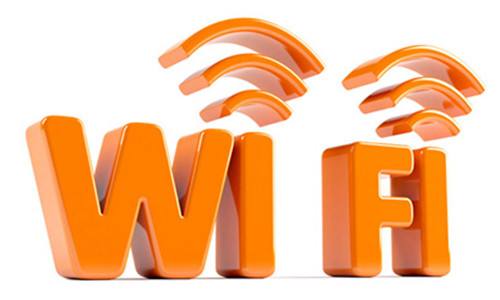¿La LAN inalámbrica es wifi?
Answer: Wireless LAN is not wifi
Before talking about this question, we need to know that wireless LAN is WLAN, the full name is Wireless Local Area Network. It refers to the application of wireless communication technology to interconnect computer devices to form a network system that can communicate with each other and realize resource sharing.
Currently, the most commonly used WLAN standards are 802. 11n (fourth generation) and 802. 11ac (fifth generation) standards. They can work in both the 2.4 GHz frequency band and the 5 GHz frequency band, with transmission rates up to 600 Mbit/s. (theoretical value). But strictly speaking, only those that support 802.11ac are real 5G. Nowadays, many routers that support 2.4G and 5G dual-band actually only support the fourth-generation wireless standard, which is the dual-band of 802.11n. The cheapest router that truly supports ac5G costs four to five hundred yuan or even thousands of yuan.
Why is LAN not wifi?
Answer: WIFI is just a trademark of WLANA (Wireless LAN Alliance). This trademark only guarantees that products using this trademark can cooperate with each other. It has nothing to do with the standard itself. However, because WIFI mainly uses the 802.11b protocol, people have gradually become accustomed to it. WIFI is used to call the 802.11b protocol. In terms of inclusion relationship, WIFI is a standard of WLAN. WIFI is included in WLAN and is a new technology using the WLAN protocol. The coverage range of WiFi can reach about 300 feet (about 90 meters), and the maximum WLAN (with antenna) can reach 5KM.
Summary: WIFI is included in the wireless LAN, the power of the transmitted signal is different, and the coverage range is different.

The difference between Wi-Fi and wireless LAN
1. WiFi is included in wireless LAN. The power of the transmitted signal is different and the coverage is different. In fact, WIFI is a trademark of WLANA (Wireless LAN Alliance). This trademark only guarantees that products using this trademark can cooperate with each other. It is different from the standard itself. In fact, it doesn’t matter, but because WIFI mainly uses the 802.11b protocol, people have gradually become accustomed to using WIFI to call the 802.11b protocol. In terms of inclusion relationship, WIFI is a standard of WLAN. WIFI is included in WLAN and is a new technology using the WLAN protocol. The coverage range of WiFi can reach about 300 feet (about 90 meters), and the maximum WLAN (with antenna) can reach 5KM.
2. Different wireless signal ranges covered
WIFI (Wireless Fidelity), also known as the 802.11b standard, its biggest advantage is its high transmission speed, which can reach 11Mbps. In addition, its effective distance is also very long, and it is also compatible with various existing 802.11DSSS devices. Wireless Internet access has become a reality. Radio waves have a wide coverage range. The coverage range of radio waves based on Bluetooth technology is very small, with a radius of only about 50 feet (15 meters), while the radius of Wi-Fi can reach about 300 feet (90 meters). However, with the development of wifi technology, wifi signals will cover a wider range in the future.
Recommended in this article: Combustible and toxic gas monitoring system